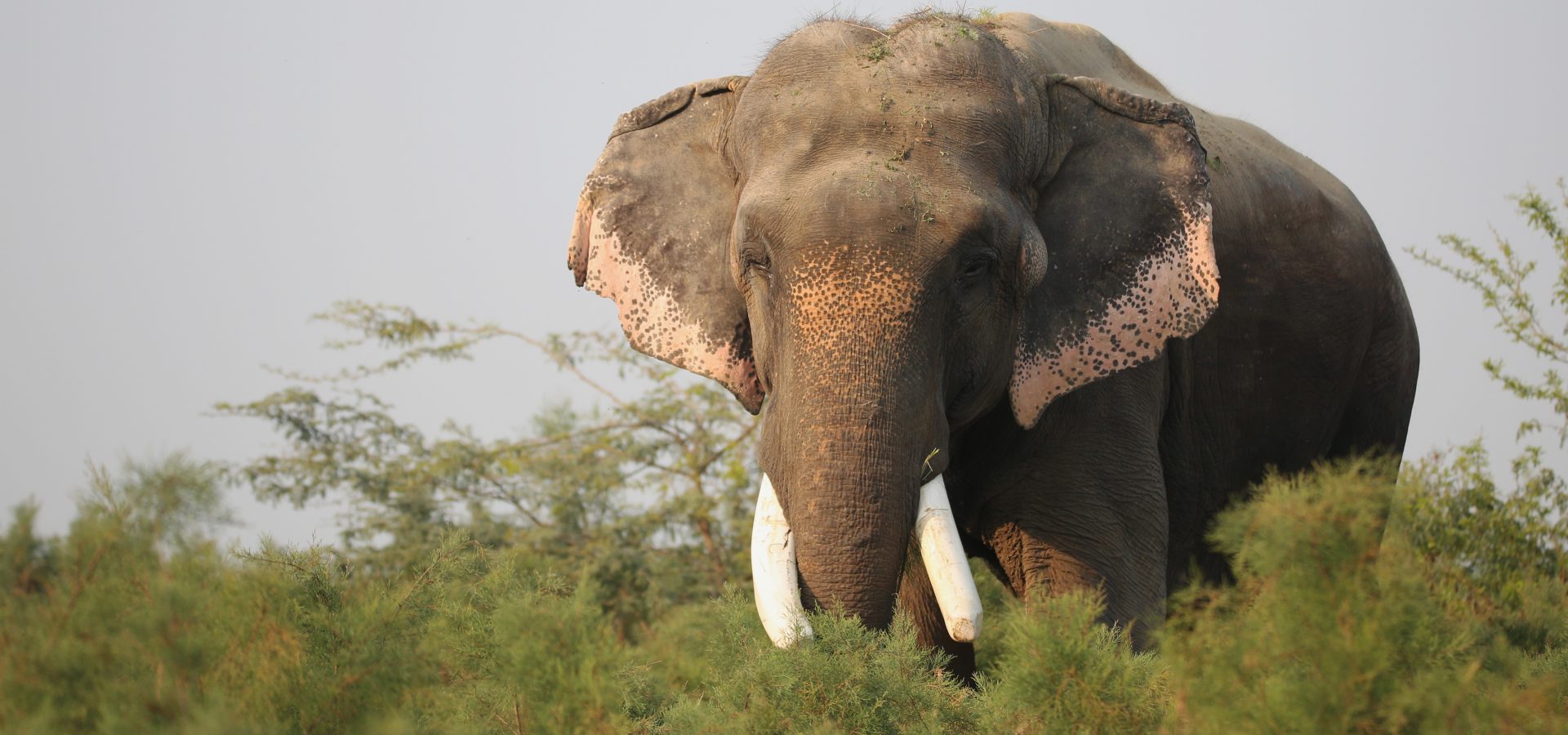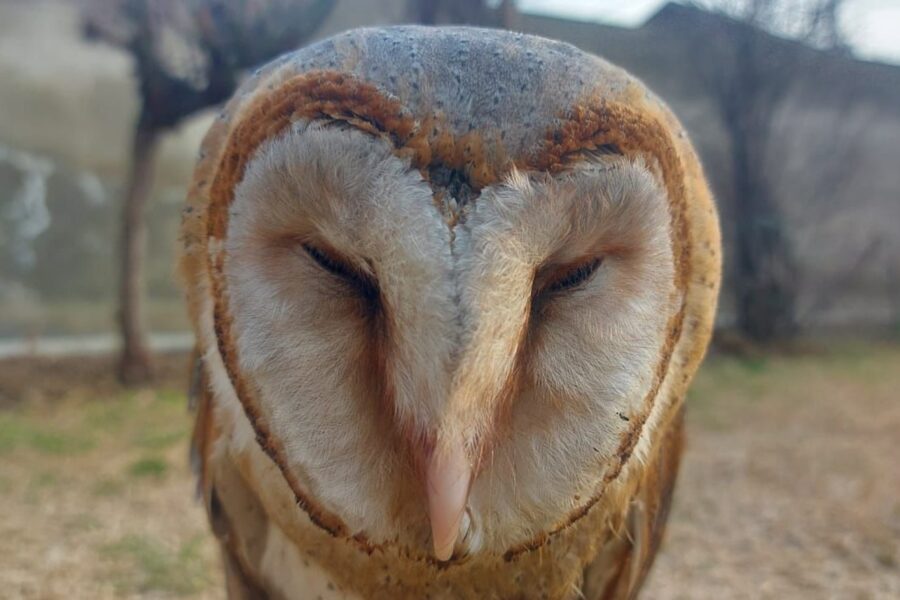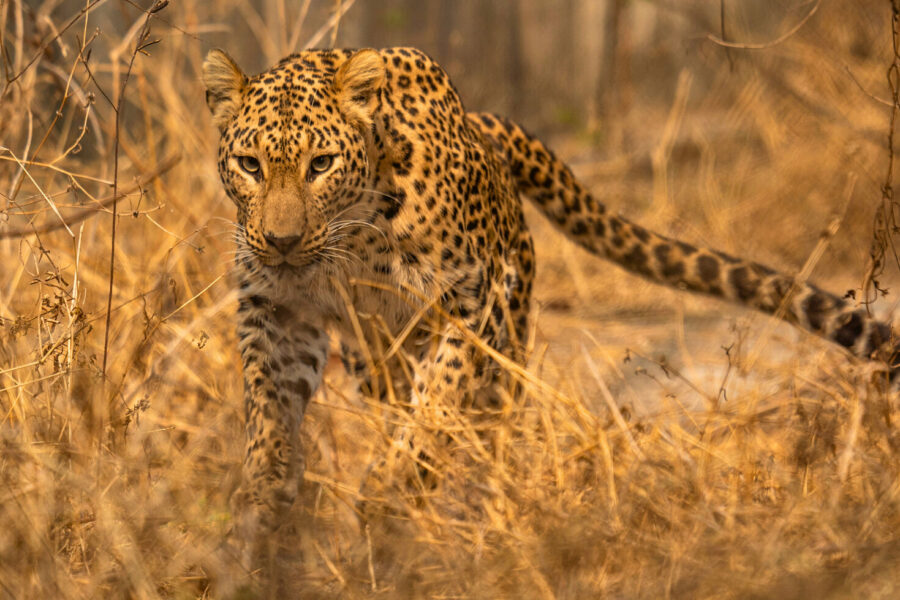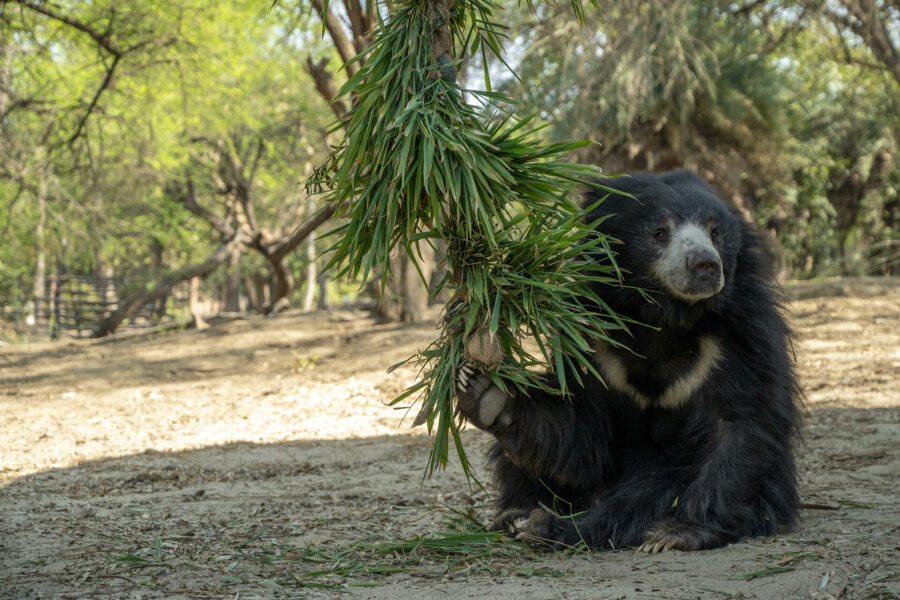In humans, one can easily distinguish between a male and a female. Several physical, physiological, or behavioural characteristics help in identifying the different sexes. Males, generally speaking, are taller, heavier, and more muscular than females. Other traits such as sound pitch and facial hair also become indicators of the sex. These distinct variations imply that humans are a sexually dimorphic species. Sexual dimorphism is a term that refers to the differences between the sexes of a species. But did you know that sexual dimorphism is prevalent in the animal kingdom as well?
Why Does This Occur in Animals?
Each species aims to survive and reproduce successfully, and males and females of animal species have developed unique features which are advantageous to them. Animals seek reproductive success with the help of sexual dimorphism.
For instance, male deer develop and must maintain their antlers to not only fight with each other for their territory, but also for a mate. Peafowl display another form of sexual dimorphism: the males possess vibrant tail feathers which they exhibit to attract a peahen. For some species like the White-backed woodpeckers, size dimorphism of beaks also leads to differences in what the male and female sex feeds on. Let’s explore how such differences sustain the lives of animals.
Sexual Dimorphism in Invertebrates
In some insects and spiders, females are much larger than males. The reason why these females lay numerous eggs has often been attributed to their larger size.
Large female spiders are sometimes even known to devour the male after mating with them — it is speculated that they do so because males are easier to catch and smaller in size. Male jumping spiders mimic the colour and behaviour of bees, ants, or wasps as a way to ward off predators as they look for mates. The females of this species usually stay put to forage and guard their eggs, and therefore are found to have a cryptic colouration. While this form of sexual dimorphism is a clear indicator of their sex, it plays a crucial role to protect them from becoming prey.
Butterflies and moths may also look different, depending on their sex. Most male butterflies are brightly coloured in order to attract females for mating. Other forms of dimorphism that butterflies may have include differences in their sizes, wing patterns or the presence of tails.
Sexual Dimorphism in Amphibians and Reptiles
In amphibians, most females usually attain a larger body size as compared to males. The smaller size makes males more agile, and they are likely to access the females easily this way. However, in some species, males are known to engage in physical combat with each other to attain a mate who prefers larger males. Male frogs are widely known to use acoustic signals to attract a female, advertise courtship, or express distress. The presence of elastic vocal sacs allows their sound to resonate on a high level. On several occasions, frogs use these sounds to defend their territory and interact with other males over mating rights.
In reptiles too, sexual dimorphism is significant. Besides being larger in size, male gharials are distinguished by the bulbous growth on the tip of their long snout which resembles a ghara or pot. This organ is a visual signal for females during the mating period. It also helps the male produce loud sounds and blow bubbles in the water to defend their territory.
The Oriental garden lizard, also known as girgit in Hindi, has a notable ability to change body colours. Male lizards often develop a red-coloured head and crest during the mating season, due to which the species is also called a ‘bloodsucker’. Male fan-throated lizards are easily identified by their metallic coloured skin patch (dewlap) that hangs from their throats. It is used by them to flaunt and attract their female counterparts, display aggression, and warn off mating competitors. During the mating season, male lizards also perform an act resembling push-ups and turn their heads from side to side in order to get the female’s attention.
Sexual Dimorphism in Birds
Well-known to exist amongst birds, sexual dimorphism may consist of several forms. Sex-specific differences in birds may include plumage, ornamentation, size, and voice. Predominantly, male birds are colourful, while females are drab, which helps the latter to camouflage well in their surroundings.
Males, like in peafowl, have ornaments in the form of trail feathers, the display of which helps them find a suitable mate and indicates a good health status. Significant differences in plumage and size are seen amongst Asian paradise flycatchers — adult males flash their long, ribbon-like tails. Amongst House sparrows as well, males are brightly coloured and larger than their female counterparts.
Birds of the Bustard family such as the Lesser florican and Great Indian bustard, exhibit high sexual dimorphism. Males are much larger and heavier than females, and compete with each other for a mate. They are also equipped with attractive ornaments in the form of black, feathery ribbons on their head, while females are dull-coloured, which helps them camouflage in the low-lying grasses they inhabit. While sexual dimorphism in birds is generally male-biased, there are some exceptions like raptors and hummingbirds, where the females are larger than the males.
Sexual Dimorphism in Mammals
A high degree of sexual dimorphism is observed in mammalian species — ranging from the presence of additional body parts and variation in body size to behaviours like aggression and infant care. Males often possess forms of natural weaponry such as antlers (deer), horns (bison), and canines (carnivores). They are also larger in body size, which helps them compete with other males for mating rights.
We are all aware of the lion’s mane. But have you ever wondered why it is only found among males? This sexual dimorphism helps signal other lions about the male’s fitness. Darker-maned males are dominant and more attractive to females. Male orangutans are characterised by flanges and pendulous laryngeal sacs, which act as a resonating chamber for their calls. These calls play an important role in repelling competitors and advertising their sexual availability to females.
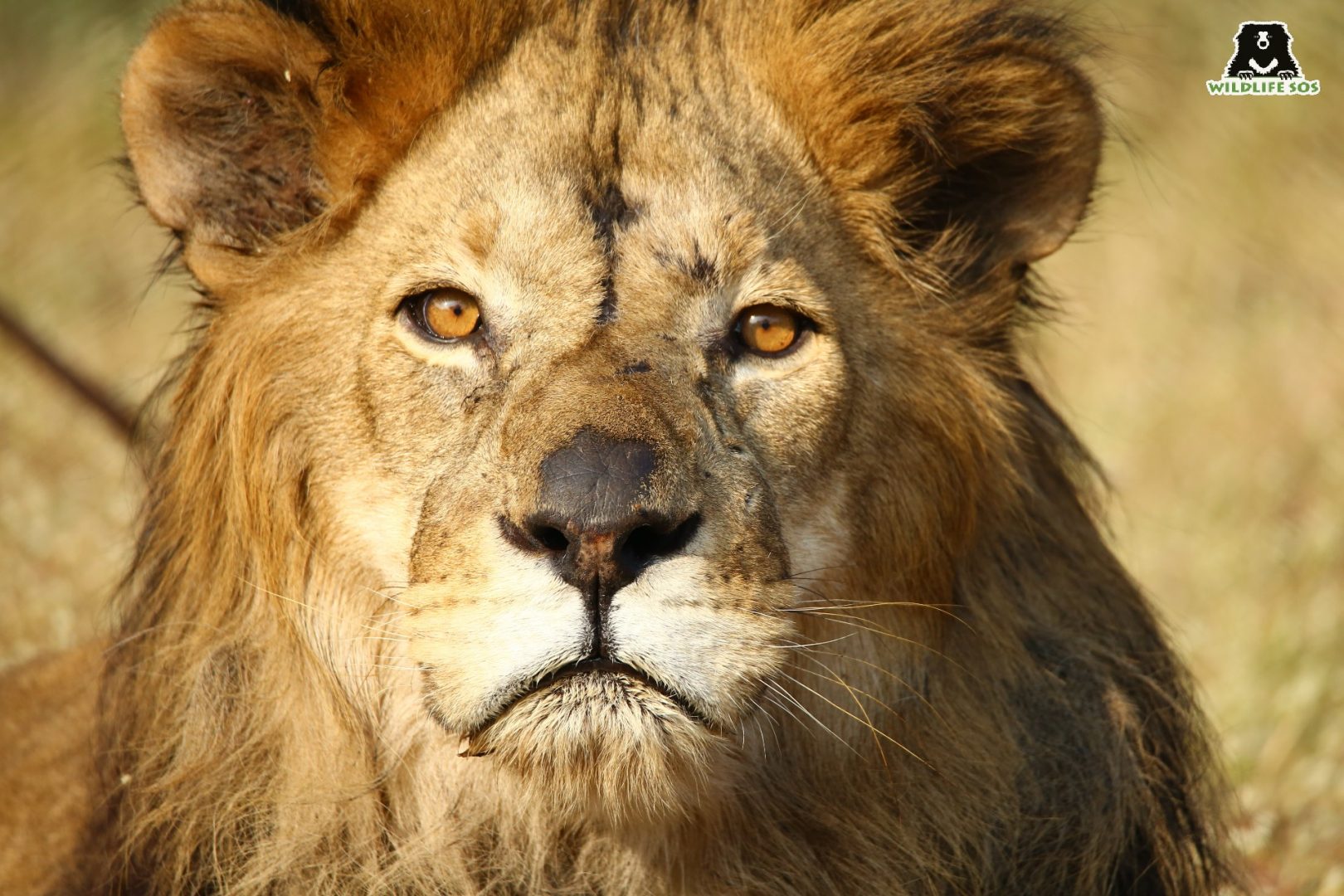
In elephants, sexual dimorphism is very striking, with males and females distinguished clearly by the size and shapes of their tusks. Among Asian elephants, males may have large tusks, while females may lack tusks and have tushes instead. The tusks of an elephant serve a variety of purposes. Males use their tusks for digging, foraging, stripping barks from trees, and even engaging in territorial fights with other elephants.
Evolution spanning thousands of years has resulted in the phenomenon of sexual dimorphism in the animal kingdom. Since in the majority of the species, females select the male to mate with, males are compelled to compete with others. Whichever male wins may owe his victory to his various sexual dimorphism features like size, ornaments, or anatomically supplemented weapons, all of which help to further his own species.
To receive interesting articles on wildlife and conservation, do subscribe to our newsletter.

